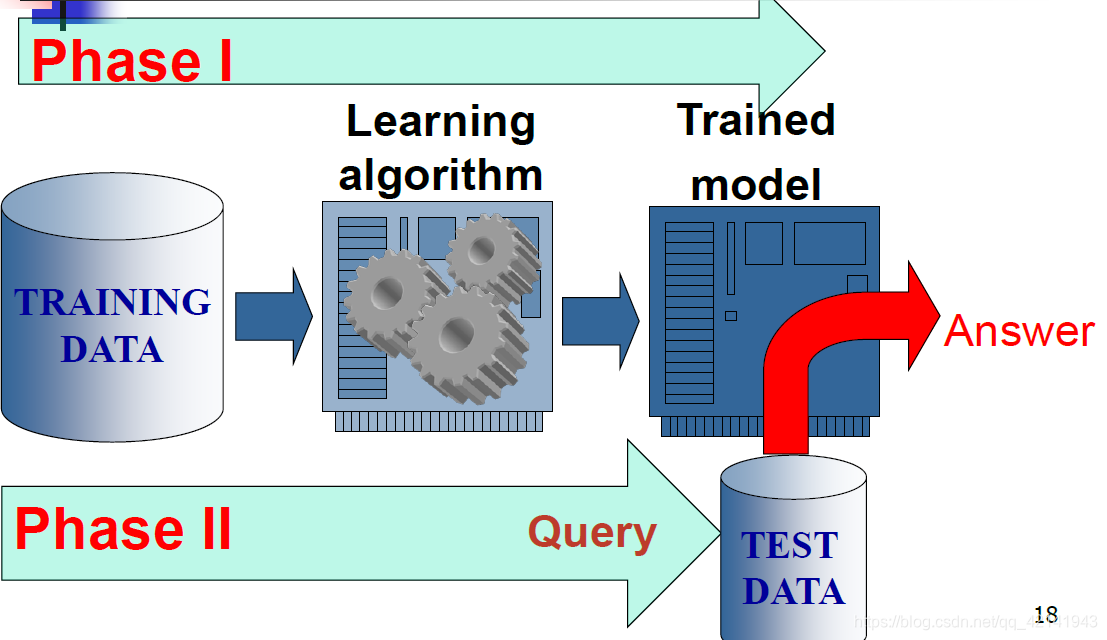1. 什么是神经网络
- 人工神经网络与人脑神经的关系
Also known as “artificial” neural network – is one type of machine learning that’s loosely based on how neurons work in the brain Artificial neural networks (ANNs) was created over 50 years ago when very little was known about ***how real neurons worked. Since then, neuroscientists have learned a great deal about neural anatomy and physiology, but the basic design of ANNs has changed very little.Therefore, despite the name neural networks, the design of ANNs has little in common with real neurons. - 人工神经网络重心的转移
The emphasis of ANNs moved from biological realism to the desire to learn from data. Consequently, the big advantage of Simple Neural Networks over Classic AI is that they learn from data and don’t require an expert to provide rules.
生物实现-到数据学习
2. 神经网络的基础
2.1 不同的阶段

- 学习阶段-
First is the learning phase, where the model trains to perform a specific task. It could be learning how to describe photos to the blind or how to do language translations. - 应用阶段-
The second phase is the application phase, where the finished model is used.
2.2 神经网络的应用
- Prediction, Forecasting
- Pattern Recognition
- Data classfication
2.3 什么是机器学习
- Learning denotes changes in the system that are adaptive in the sense that they enable the system to do the same task or tasks drawn from the same population more effectively the next time
- Machine learning: programming computers to optimize a performance criterion using example data or past experience.
2.4 机器学习的基本知识以及与神经网络的关系
Models from statistics for regression and classification;
- Decision trees
- Bayesian networks
- Artificial Neural networks
- Support vector machines
- Latent variable models
- Unsupervised learning
- Manifold learning
